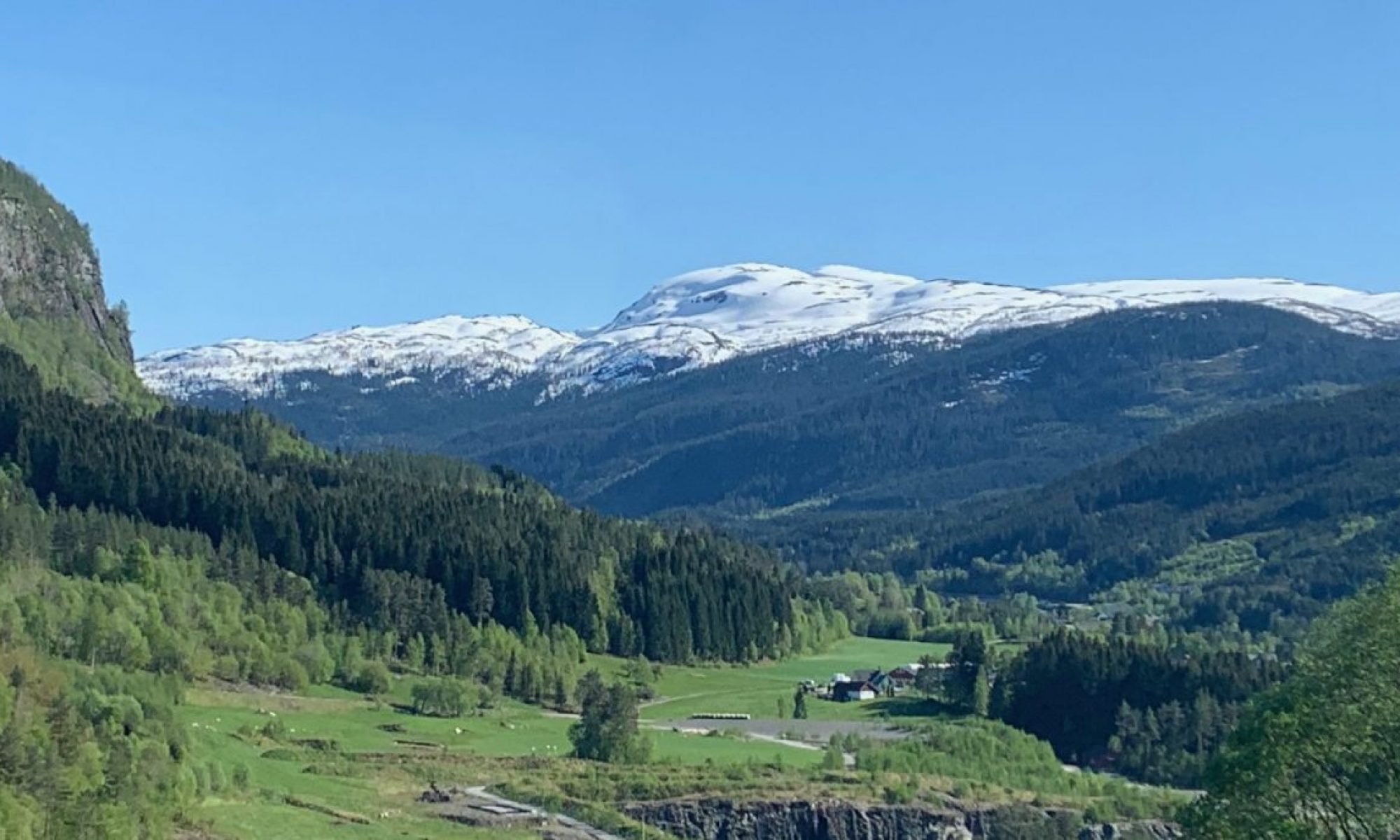Georgia reports here on her recent travels across Scandinavia in search of medieval textile artefacts.
Report from Rosemary Power (Research Support Fund)
Read about Rosemary’s interesting research and interviews with elderly Icelanders on farm life and folk beliefs here.
Report from Rebecca Tyson (Research Support Fund)
From 10th-18th May 2023 I sailed c.364 nautical miles around the English Channel, spending over 65 hours at sea, to research the seascapes of the Norman invasion of England in 1066. The aim of this period of fieldwork was to experience the maritime environments associated with the Norman invasion to appreciate the lived experience of seafaring that, I argue, lie behind many of the eleventh and twelfth-century texts that I am exploring in my doctoral research. I will combine the knowledge gained on this trip with the other periods of fieldwork I have already completed at the Viking Ship Museum in Roskilde, Denmark (May 2022 and June 2023) to consider the practicalities of eleventh-century Channel crossings and to contextualise the Norman invasion of 1066 within Normandy’s wider eleventh-century maritime history. This experiential approach, combined with more traditional research methodologies drawn from the disciplines of history, archaeology, and environmental science, offers a new perspective on the popular and well-studied subject of the Norman Conquest of 1066.
I am extremely grateful to the Viking Society for Northern Research for generously supporting my research through the society’s Research Support Fund, without which I would not have been able to undertake this innovative and important period of fieldwork.
